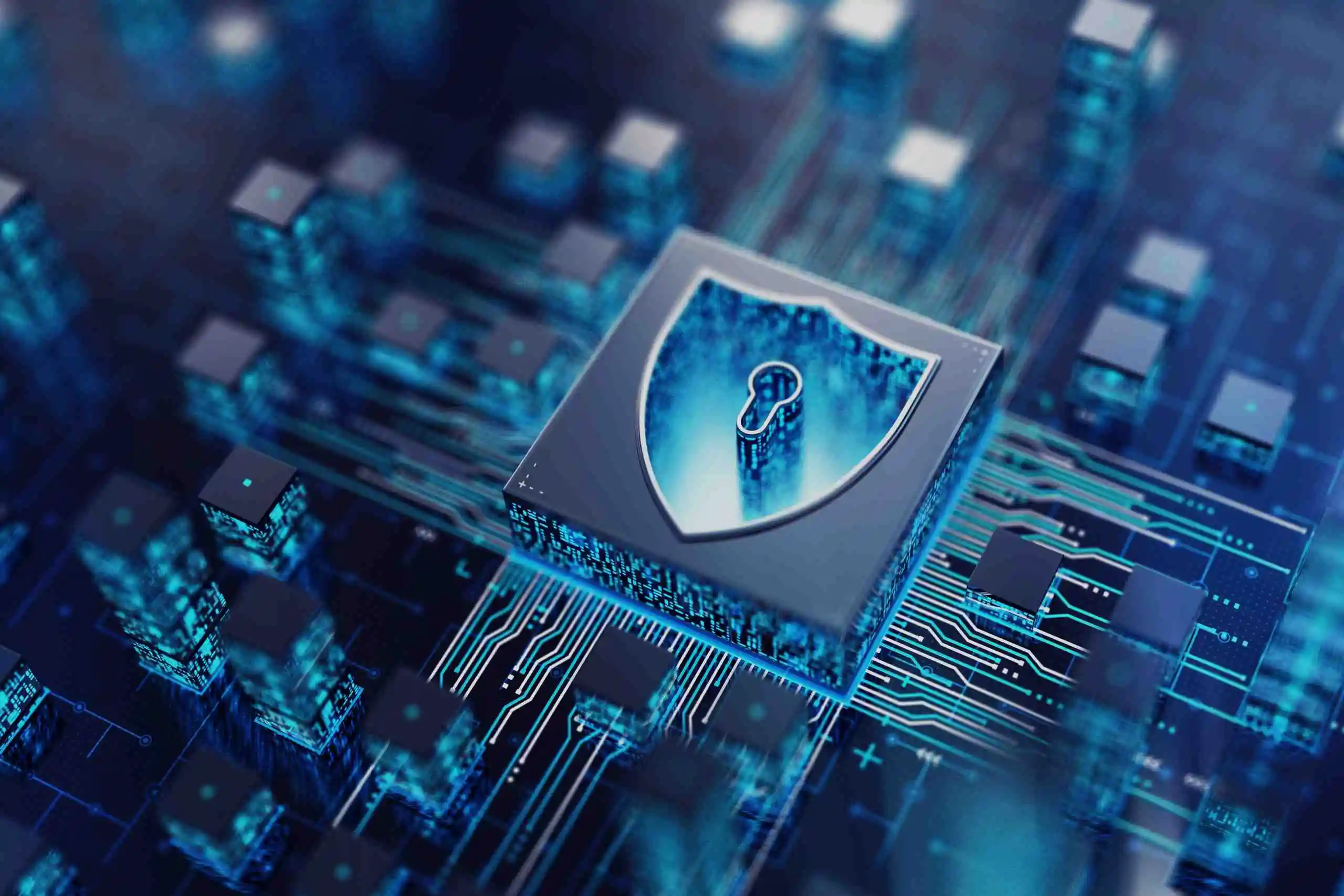The Future of Cybersecurity: Protecting Data in a Digital World
In an era where digital transformation is reshaping industries and daily life, cybersecurity has become a critical concern. As businesses and individuals become more reliant on digital technologies, the risks associated with cyber threats continue to grow. This blog post explores the future of cybersecurity, the challenges and opportunities it presents, and the strategies needed to protect data in a digital world.
The Evolving Cyber Threat Landscape
The cyber threat landscape is constantly evolving, with new threats emerging and existing ones becoming more sophisticated. Some of the key trends in cyber threats include:
1. Ransomware Attacks: Ransomware attacks, where malicious actors encrypt a victim’s data and demand payment for its release, have become increasingly common. These attacks target organizations of all sizes, from small businesses to large enterprises, and can result in significant financial and reputational damage.
2. Phishing and Social Engineering: Phishing attacks, which involve tricking individuals into revealing sensitive information, remain a prevalent threat. Social engineering techniques, where attackers manipulate individuals into divulging confidential information or performing actions, are also on the rise.
3. Advanced Persistent Threats (APTs): APTs are prolonged and targeted cyberattacks where an intruder gains access to a network and remains undetected for an extended period. These attacks are often carried out by state-sponsored actors and can cause extensive damage.
4. Internet of Things (IoT) Vulnerabilities: The proliferation of IoT devices has introduced new vulnerabilities, as many of these devices lack robust security measures. Cybercriminals can exploit these weaknesses to gain access to networks and sensitive data.
5. Supply Chain Attacks: Cybercriminals are increasingly targeting supply chains, recognizing that compromising a single supplier can provide access to multiple organizations. These attacks can disrupt operations and compromise sensitive information.
The Importance of Cybersecurity
Effective cybersecurity measures are essential to protect data, maintain trust, and ensure the smooth operation of digital systems. The key reasons for prioritizing cybersecurity include:
1. Data Protection: Personal, financial, and proprietary data are valuable assets that must be protected from unauthorized access and theft. Breaches can result in significant financial losses and damage to an organization’s reputation.
2. Regulatory Compliance: Organizations must comply with various data protection regulations, such as the General Data Protection Regulation (GDPR) and the California Consumer Privacy Act (CCPA). Non-compliance can result in hefty fines and legal consequences.
3. Business Continuity: Cyberattacks can disrupt business operations, leading to downtime, lost revenue, and operational inefficiencies. Robust cybersecurity measures help ensure business continuity and minimize disruptions.
4. Customer Trust: Customers expect organizations to protect their data and privacy. Effective cybersecurity measures help build and maintain customer trust, which is essential for long-term success.
Key Cybersecurity Trends and Innovations
As the cyber threat landscape evolves, so do the strategies and technologies used to combat these threats. Key trends and innovations shaping the future of cybersecurity include:
1. Artificial Intelligence and Machine Learning
AI and machine learning are transforming cybersecurity by enabling more proactive and adaptive defenses. These technologies can analyze vast amounts of data to identify patterns and anomalies, detect threats in real-time, and automate responses. For example, AI-powered systems can detect unusual network activity and flag potential threats before they cause damage.
2. Zero Trust Architecture
The Zero Trust model is based on the principle of “never trust, always verify.” This approach assumes that threats can come from both outside and inside the network, and therefore, access should be granted based on strict verification processes. Implementing Zero Trust involves segmenting networks, enforcing least privilege access, and continuously monitoring for suspicious activity.
3. Cloud Security
As more organizations migrate to the cloud, ensuring the security of cloud environments is critical. Cloud security involves protecting data, applications, and services hosted in the cloud from threats. This includes using encryption, identity and access management (IAM), and regular security assessments.
4. Quantum Computing and Cryptography
Quantum computing has the potential to break current cryptographic algorithms, posing a significant threat to data security. Researchers are developing quantum-resistant cryptographic methods to protect against future threats. Organizations must stay informed about advancements in quantum computing and prepare for potential impacts on cybersecurity.
5. Threat Intelligence Sharing
Collaboration and information sharing are crucial for staying ahead of cyber threats. Threat intelligence sharing involves exchanging information about cyber threats and vulnerabilities between organizations, industries, and government agencies. This collective approach helps improve overall cybersecurity resilience.
Strategies for Enhancing Cybersecurity
To protect data in a digital world, organizations must adopt a comprehensive and proactive approach to cybersecurity. Key strategies include:
1. Implementing Strong Access Controls
Access controls are essential for protecting sensitive data and systems. This includes using multi-factor authentication (MFA), enforcing strong password policies, and regularly reviewing and updating access permissions. Implementing the principle of least privilege ensures that users have the minimum level of access necessary to perform their tasks.
2. Conducting Regular Security Assessments
Regular security assessments, such as vulnerability assessments and penetration testing, help identify and address security weaknesses. Organizations should conduct these assessments to evaluate the effectiveness of their security measures and make necessary improvements.
3. Educating and Training Employees
Human error is a significant factor in many cybersecurity incidents. Educating and training employees on cybersecurity best practices, such as recognizing phishing attempts and following secure data handling procedures, is crucial. Regular training sessions and awareness programs can help create a security-conscious culture within the organization.
4. Developing an Incident Response Plan
An incident response plan outlines the steps to be taken in the event of a cyberattack or data breach. This includes identifying and containing the threat, mitigating damage, and recovering affected systems. Having a well-defined plan ensures a swift and coordinated response, minimizing the impact of the incident.
5. Utilizing Advanced Security Technologies
Organizations should leverage advanced security technologies to enhance their defenses. This includes deploying intrusion detection and prevention systems (IDPS), endpoint detection and response (EDR) solutions, and security information and event management (SIEM) platforms. These technologies provide real-time monitoring, threat detection, and automated responses to cyber threats.
The Role of Governments and Regulatory Bodies
Governments and regulatory bodies play a critical role in shaping cybersecurity policies and frameworks. Key actions include:
1. Establishing Cybersecurity Standards and Regulations
Governments can establish cybersecurity standards and regulations to ensure that organizations implement adequate security measures. This includes data protection laws, industry-specific regulations, and guidelines for critical infrastructure protection.
2. Promoting Public-Private Partnerships
Collaboration between the public and private sectors is essential for addressing cyber threats. Governments can promote public-private partnerships to facilitate information sharing, joint threat intelligence initiatives, and coordinated response efforts.
3. Investing in Cybersecurity Research and Development
Governments can invest in cybersecurity research and development to drive innovation and address emerging threats. This includes funding for academic research, support for cybersecurity startups, and collaboration with international partners.
4. Enhancing Cybersecurity Awareness and Education
Raising awareness and educating the public about cybersecurity is crucial for building a more secure digital society. Governments can launch awareness campaigns, develop educational programs, and provide resources for individuals and organizations to improve their cybersecurity practices.
The future of cybersecurity is shaped by an ever-evolving threat landscape and rapid technological advancements. As cyber threats become more sophisticated, organizations must adopt a proactive and comprehensive approach to protect their data and systems. By leveraging innovations such as AI, Zero Trust architecture, and advanced security technologies, and by implementing robust strategies and best practices, businesses can enhance their cybersecurity posture and build resilience against future threats. Governments and regulatory bodies also play a critical role in establishing standards, promoting collaboration, and investing in research and education to create a safer digital world.






